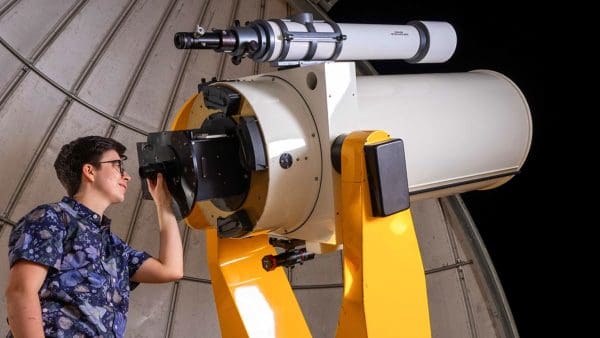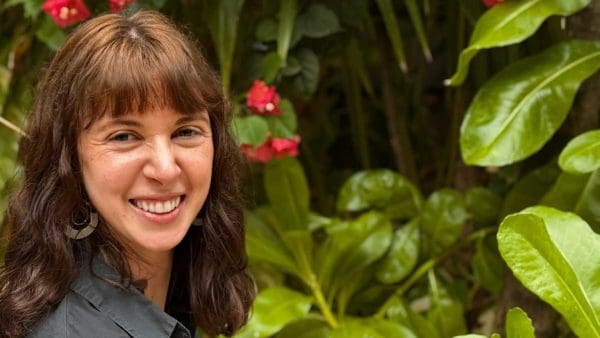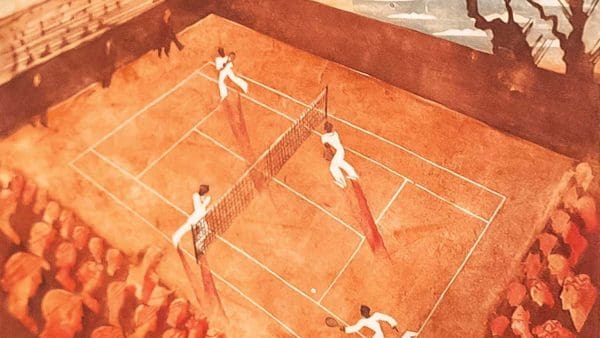
The mechanisms allowing muscles to regenerate and repair themselves remain a mystery of cellular biology. Gaining a greater understanding of this process has many implications. Implications include potential treatments for diseases such as muscular dystrophy, a genetic condition that causes muscle degeneration.

Junior molecular and cellular biology major Colt Crain has been exploring this process since freshman year when he joined the lab of adjunct biology Professor Chen-Ming Fan in the Carnegie Institution for Science’s Department of Embryology. Crain is currently the only undergraduate member of the lab, which brings benefits undergrads in larger labs might not enjoy.
“It gives me more opportunities to work directly with Dr. Fan,” Crain says. “He can more easily devote time to teaching me and helping me with experiment protocols, and I also have a little more autonomy in what I do.”
What he has been doing lately is an experiment to determine if a specific protein is necessary for muscular regeneration. Stem cell surface proteins known as integrins provide a mechanism for such undifferentiated cells to interact with their surroundings. That includes, it is thought, to engage in the biochemical signaling that prompts such cells to make more cells and then to differentiate into new muscles.
Muscle Differentiation
The lab previously discovered that the presence of the protein β1-integrin is necessary to make more cells at the first step. Crain has been looking at whether another integrin, β3-integrin, plays a similar role in muscle differentiation in the second step of regeneration.
His work involves three types of mice. Some have the β3-integrin knocked out by chemical injection. Others are genetically modified to be born without the β3-integrin in the muscle. Along with control mice, those mice are subjected to localized injury via the injection of a small amount of toxin derived from snake venom. Ultimately, the injured areas are examined under a microscope.
“If we expect to see any difference, it would be that in the mice lacking the β3-integrin, their muscle fibers won’t regenerate—the stem cells that muscle fibers come from won’t fuse and make bigger and newer muscle fibers,” Colt says. “You’re basically just left with teeny tiny fibers, which leads to muscle degeneration.”
The project is nearing completion and he hopes to publish soon. So far it appears that β3-integrin is not necessary for muscle repair. “We’re basically seeing normal muscle in all of the mice,” he says.
Though sometimes he feels “thrown into the deep end” at the lab, Crain’s hands-on experiences provide an invaluable glimpse into the world of bench research. It all contributes to his ultimate goal: a PhD followed by a career in vaccine development.




